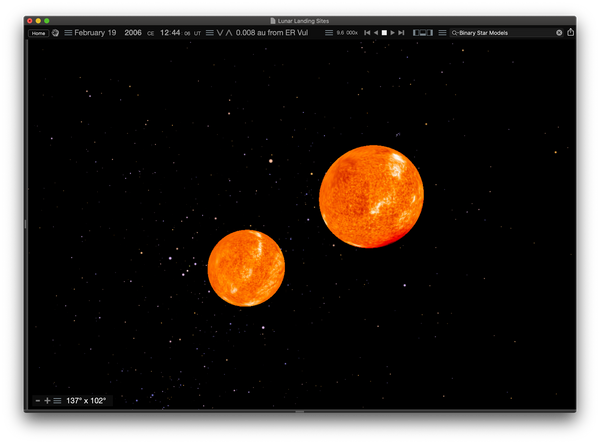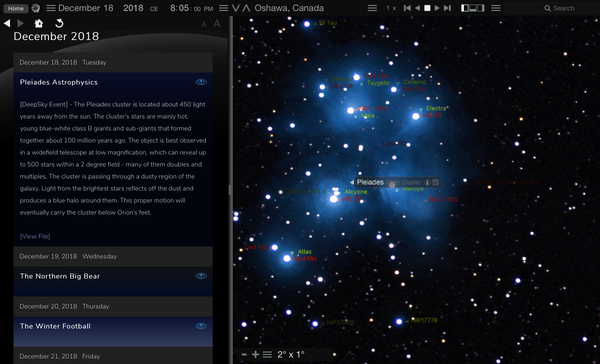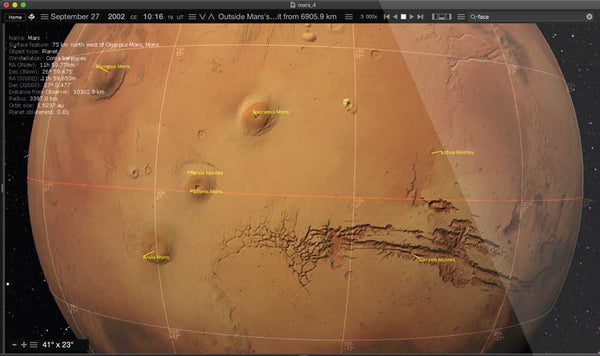

The charts are easy to read, clear and the allsky photos are great. It is large, plotting most objects seen in most amateur telescopes. Unimaginable rendering and exact situating of more than 36,000 targets, Painstakingly created by accumulating the most flawlessly awesome article information accessible. The deepsky database in Starry Night 8 is major, big, huge, mega, much, more, lots, groovy improved.

STARRY NIGHT PRO 5.8.4 HOW TO
Chapter 3: Appearance of the Sky shows you how to modify the onscreen appearance of Starry Night Pro Plus. Chapter 2: Basics covers the most frequently used features in the program.
STARRY NIGHT PRO 5.8.4 PLUS
Open Astronomy Log standard makes data much more accessible. to get Starry Night Pro Plus up and running for the first time. Where: DeLaSalle High School: One DeLaSalle Drive, Minneapolis MN 55401. 2022 PROM DETAILS: When: Saturday, April 30, 2022. Starry Night Pro 8 has been retooled from the back to front to best address the issues of the cutting edge beginner space expert! With a staggering new article database, extraordinary combination to cloud administrations, and huge amounts of new, savvy highlights, Starry Night 8 sets you in the mood for watching achievement more than ever! Filled with new features to make observing as fun and efficient as possible, Starry Night Pro 8 will meet the needs of most advanced observers and help amateurs & enthusiasts take their astronomy game to the next level Enjoy an updated, best-in-class telescope control experience. The Starry Night Prom is back After a two-year break, we are excited to welcome our guests back to DeLaSalle High School for a night of dancing, photos, and fun. Hundreds of New Year celebrations will be crowded into one night of delirious. and the former location of the destroyed Starry Suburbs into Starry Suburbs.
STARRY NIGHT PRO 5.8.4 SOFTWARE
62–63.Starry Night 8 – Professional Astronomy Telescope Control Software for Mac/PC It shoots a beam of energy into the sky and starts constructing a portal. Arkansas Academy of Sciences Proceedings. The secondary star is similar to the sun, presumably a main sequence star, while the primary is a giant star 25 times larger than the sun and two hundred times more luminous. The total amplitude of variation is only about a thousandth of a magnitude.

It is a RS Canum Venaticorum variable system with eclipses. the top opening and a ceiling so far as the view towards the starry sky is. Meade LX-200 and Autostar-equipped robotic telescopes (such as the ETX 90/125 and LX200 GPS). Orion GoTo mounts including Atlas, Sirius, HDX110, StarSeeker, SkyView Pro and others (select Nexstar 5). This is perhaps the coolest new feature about Starry Night Pro. These new catalogs have far better data: Accurate distances to stars. This is a single-lined spectroscopic binary system, but the secondary has been detected using interferometry. prevalent in tradition-based professional music pedagogy which using a. The ASCOM Platform installs the plug-in which allows users to control the following telescopes from within Starry Night: Orion SkyQuest IntelliScope. Starry Night Pro includes the complete 100 000 star Hipparcos Catalog and the 1 000 000 star Tycho catalog (in addition to the 19 000 000 object Hubble Guide Star Catalog included in Starry Night Deluxe). The star is radiating about 1200 1 times the Sun's luminosity from its photosphere, at an effective temperature of 3726 K. 2 6 It has left the main sequence after exhausting its core hydrogen and expanded to around 80 R. Get fast, reliable speeds (up to 200 Mbps) so you can stream, game, and work from homeon multiple devices. This object is an M-type giant star, with its stellar classification being M2.5III. Omicron Draconis can be considered the north pole star of Mercury, as it is the closest star to Mercury's north celestial pole. Save 40 on our most popular plan when you switch to Starry this summer. Its path in the night sky is circumpolar above the ecliptic, meaning the star never rises or sets when viewed in the night sky from certain positions in the northern hemisphere. It has a radius of 30 solar radii, and a luminosity of 269 suns. Omicron Draconis (Latinised as ο Draconis, abbreviated to ο Dra) is a giant star in the constellation Draco located 322.93 light years from the Earth.


 0 kommentar(er)
0 kommentar(er)
